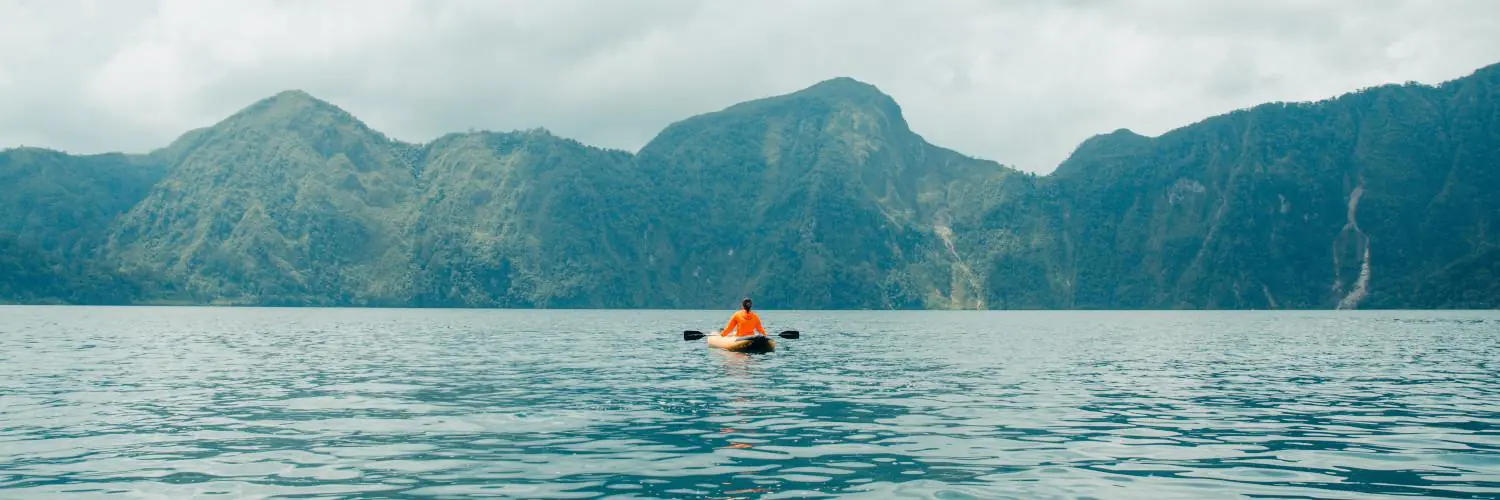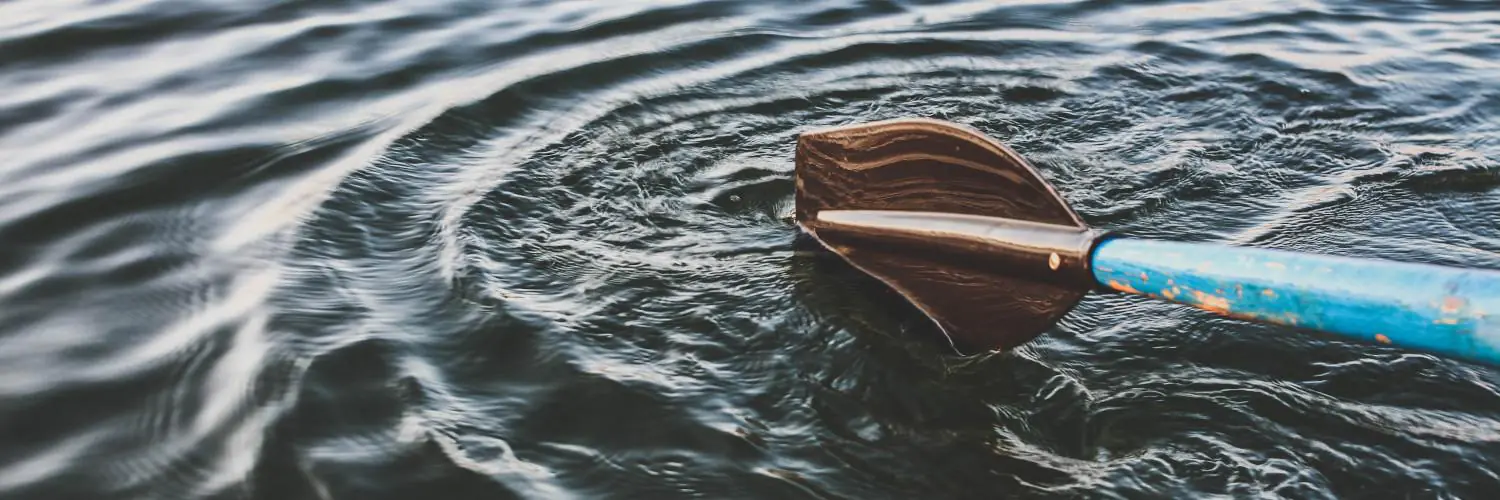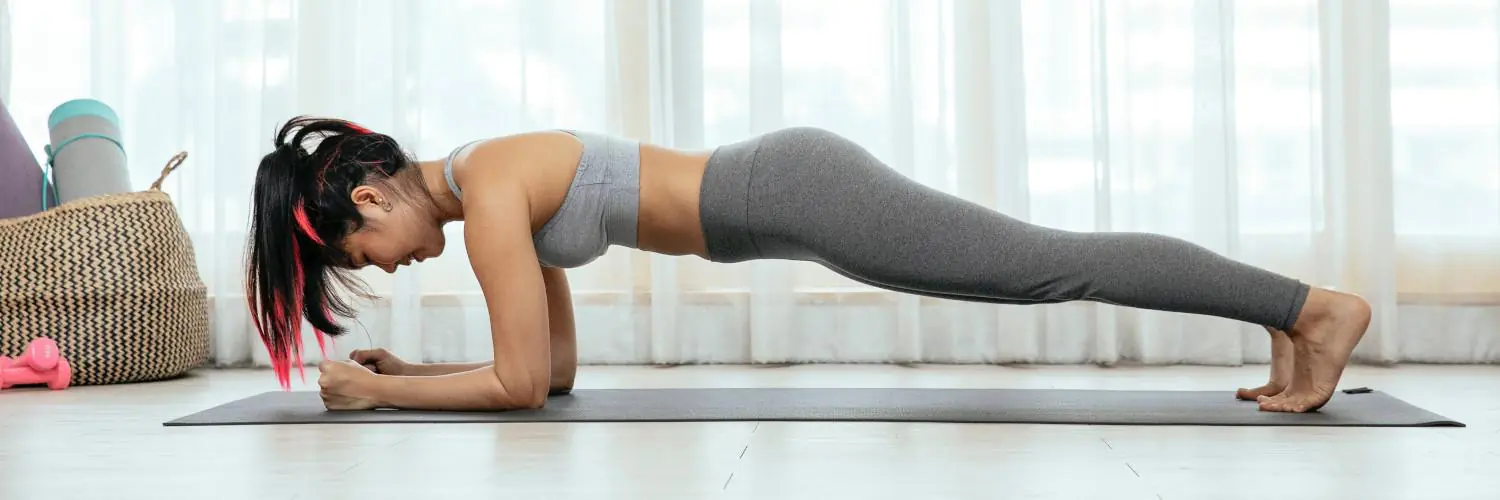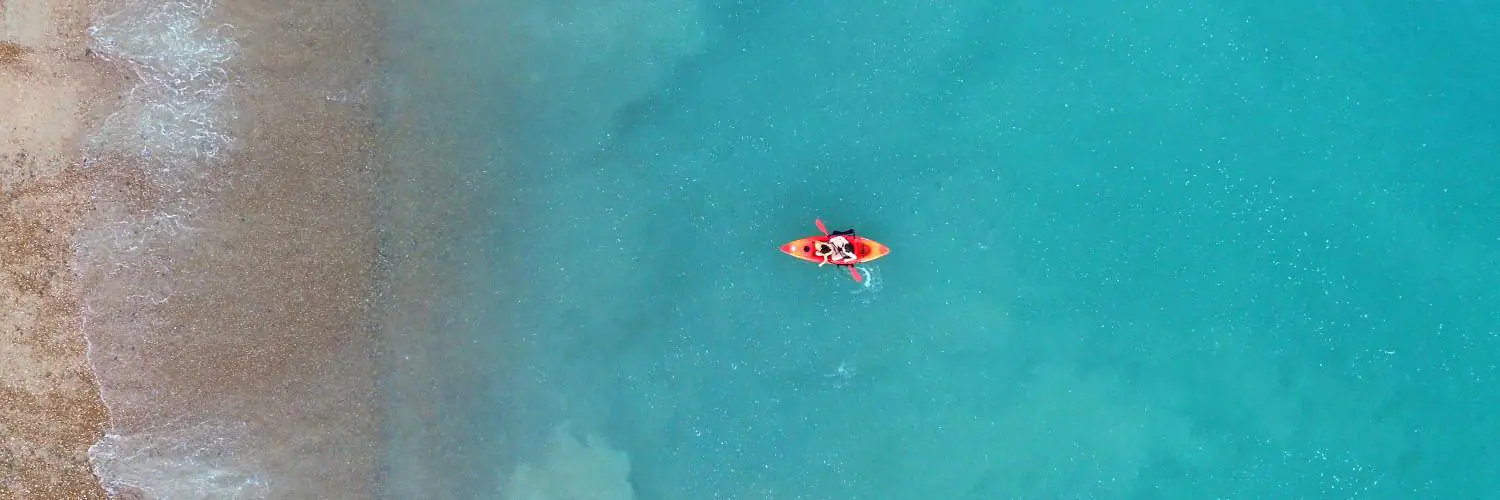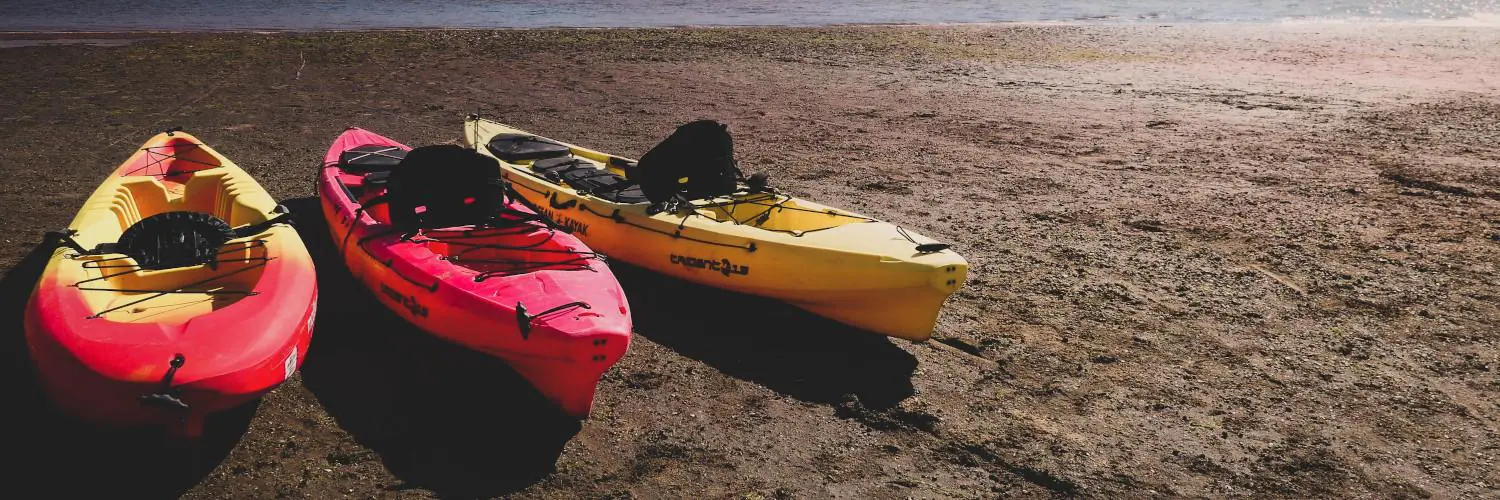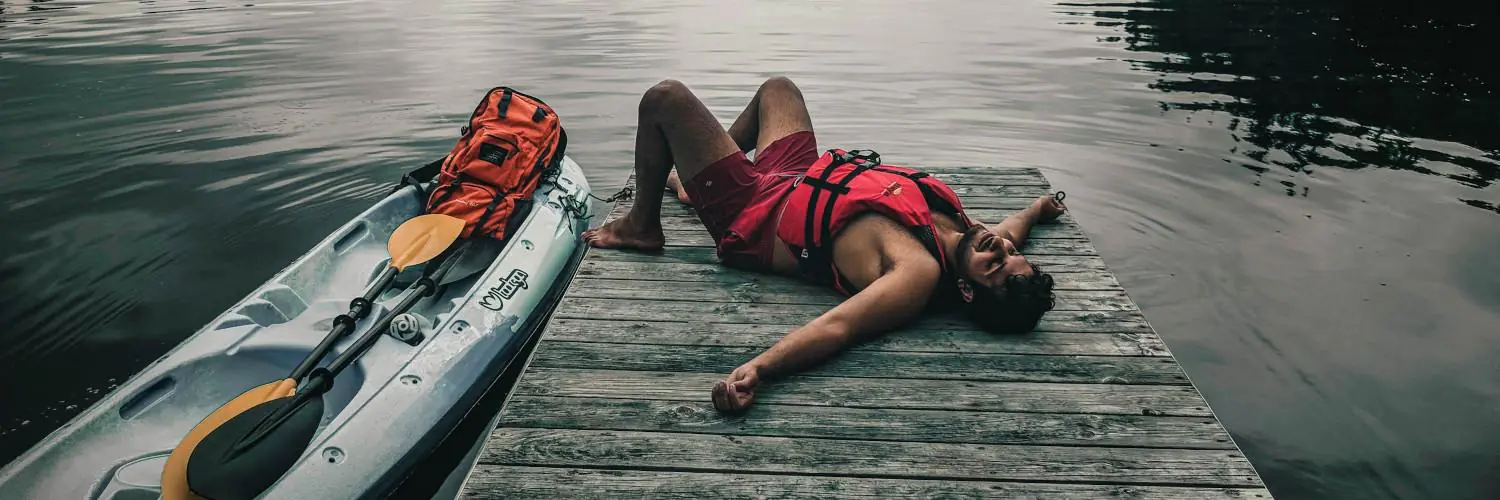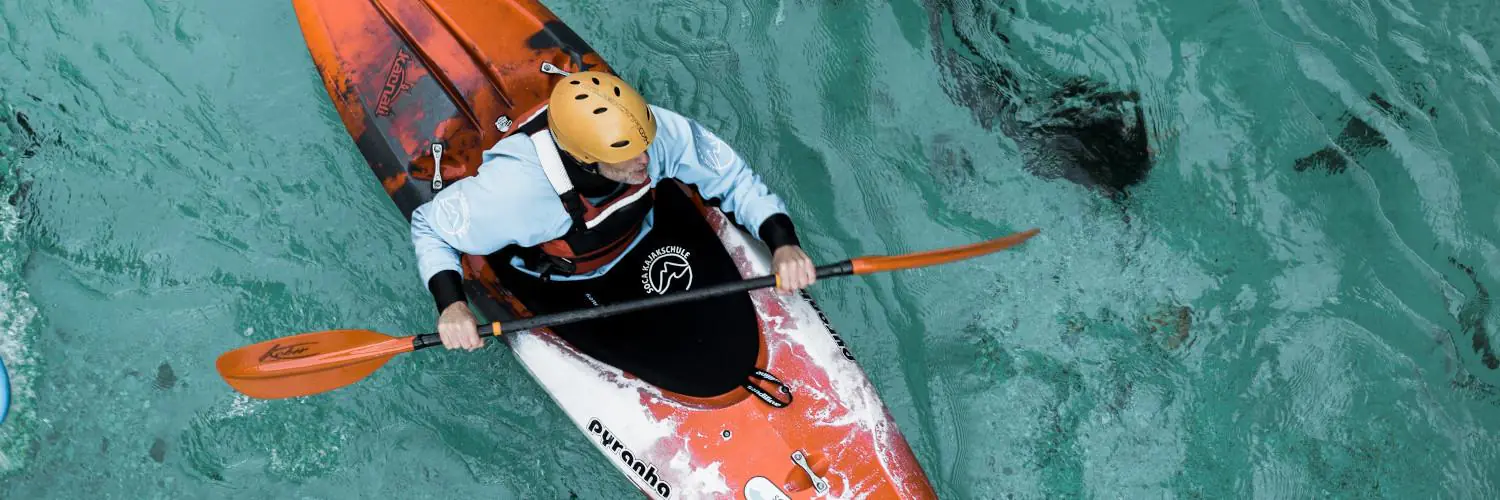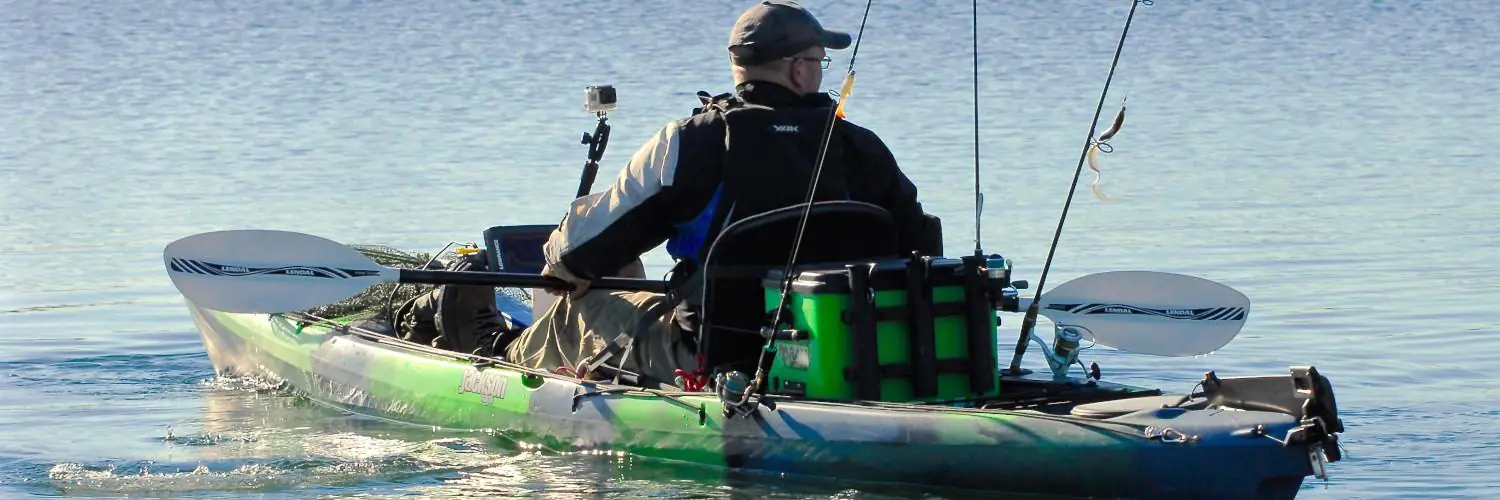Kayak blind covers are essential gear for waterfowl hunters who want to stay hidden on the water. These covers transform kayaks into floating blinds, allowing hunters to get close to their prey undetected. Kayak blind covers are made of camouflage material that blends in with natural surroundings and conceals the hunter’s movements.
The YakGear Ambush Camo Kayak Cover is a popular option for hunters. It fits kayaks and canoes 12 to 14 feet long and up to 38 inches wide. The cover uses RealTree Max5 camo pattern and rip-stop material for durability. It has two flaps in the middle connected by Velcro or buckles, letting hunters stay hidden until ready to shoot.
Kayak blind covers offer hunters a stealthy approach to waterfowl. They can lay down and wait for the perfect shot, then quickly sit up when ducks are in range. This setup gives hunters an edge by bringing them closer to the action while staying camouflaged on the water.
Table of Contents
Overview of Kayak Blinds
Kayak blinds are essential gear for waterfowl hunters. They turn kayaks into stealthy hunting platforms by hiding the hunter from wary birds.
Different Types of Kayak Blinds
Kayak blinds come in several styles. Full-cover blinds wrap the entire kayak in camo fabric. These offer the best concealment but can be bulky. Shooters blinds cover just the cockpit area. They’re more compact and allow easier paddling.
Pop-up blinds use a frame that folds flat for transport. When raised, they create a tent-like cover over the hunter. Some blinds have doors or flaps that open quickly for shooting.
Custom blinds can be built using PVC pipe and camo netting. This DIY option lets hunters tailor the design to their kayak and needs.
Materials and Durability
Most kayak blinds use tough, waterproof fabrics. Rip-stop nylon is popular for its strength and light weight. Some use heavier canvas for added durability.
Camo patterns like Realtree Max5 help the blind blend into marshes and shorelines. Matte finishes reduce shine that could spook birds.
Frame materials range from flexible fiberglass to sturdy aluminum. Quality blinds use rust-resistant hardware and reinforced stitching at stress points.
Fit and Compatibility
Many blinds are designed to fit kayaks from 12 to 14 feet long. Adjustable straps and drawstrings allow a snug fit on different hull shapes.
Some blinds are made for specific kayak models. These offer the best fit but limit versatility.
Universal blinds work with a wider range of kayaks. They may not fit as perfectly, but can be used on multiple boats.
It’s important to check compatibility before buying. Blinds that are too large can be unwieldy, while those too small may not cover well.
Concealment and Camouflage
Kayak blind covers use clever designs and patterns to hide hunters from wildlife. They blend into natural surroundings and allow for easy customization.
Camouflage Patterns
Camo covers for kayaks come in various patterns to match different environments. Popular choices include RealTree Max5, which mimics wetland vegetation. This pattern has layers of branches, leaves, and grass.
Some covers use digital camo designs. These break up the kayak’s outline with pixelated shapes. The goal is to confuse animal eyesight and make the kayak harder to spot.
Solid earth tones like brown, green, and tan are also common. These simple colors work well in many settings. Hunters can pick a pattern that fits their local landscape best.
Integration with Natural Cover
Ambush camo kayak covers help hunters blend in with their surroundings. The covers have features that work with natural elements.
Many covers include brush loops or straps. These let hunters add local plants to their blind. By using nearby vegetation, the kayak becomes part of the scenery.
Some covers have a 3D leaf-like texture. This breaks up the smooth surface of the kayak. It creates shadows and depth, making the craft less noticeable.
Hunters can also use the cover’s shape to mimic natural forms. They can arrange it to look like a floating log or a clump of reeds.
Vegetation Straps and Loops
Vegetation straps and loops are key features of kayak blind covers. They allow hunters to customize their camouflage.
Pre-sewn vegetation straps are often spaced along the cover’s edges. Hunters can weave grass, reeds, or small branches through these straps. This creates a natural-looking outline.
Elastic loops offer another attachment option. They stretch to hold larger pieces of vegetation. Some covers have both straps and loops for more versatility.
The number and placement of these attachments vary by model. High-end covers may have more attachment points. This allows for denser and more detailed camouflage.
Installation and Fit
Setting up a kayak blind cover takes some care to get right. A good fit keeps you hidden and lets you move freely while paddling and shooting.
Securing the Blind to the Kayak
Most kayak blind covers use cinch straps or rope drawstrings to attach. Cinch straps go around the hull and tighten with buckles. Rope drawstrings thread through grommets and pull tight.
Start at the middle and work toward the ends. This prevents bunching. Pull straps snug but not too tight. You want some give for paddling.
Check that concealment flaps hang properly. They should cover the sides without dragging in the water.
Achieving a Snug and Contoured Fit
A well-fitted blind hugs the kayak’s shape. This reduces wind catch and looks more natural. Adjust straps as needed to remove loose spots.
Pay extra attention to the bow and stern. Use dedicated tie-downs here if your blind has them. A snug fit at the ends is key for a sleek profile.
Test the fit by sitting in the kayak. Make sure you can reach all your gear easily. The blind shouldn’t restrict your movement or block your view.
Features and Accessories
Kayak blind covers offer key features to enhance hunting and provide added convenience. They combine camouflage with functionality to transform kayaks into effective hunting platforms.
Doors and Windows
The YakGear Ambush Camo Kayak Cover includes a semi-framed door design. This allows hunters to conceal themselves until ready to take a shot. The cover uses two flaps in the middle, connected by buckles or Velcro.
Hunters can lay down under the flaps while waiting. When it’s time to shoot, they can quickly sit up and open the flaps. This design provides both stealth and fast access.
Some covers also feature see-through mesh windows. These let hunters observe their surroundings without being seen.
Additional Accessories
Many kayak blind covers come with useful extras. Grab handles make the cover easier to put on and take off. They also help with adjusting the fit while on the water.
A stow bag is often included for compact storage and easy transport. This lets hunters pack up the cover when not in use.
Some covers have vegetation straps. These allow users to add natural brush for extra camouflage. The straps provide a way to customize the blind’s appearance.
Drawstrings at both ends help create a snug fit on different kayak sizes. This versatility lets one cover work for various boat lengths.
Practical Applications
Kayak blinds offer hunters versatility and stealth when pursuing waterfowl. They allow access to shallow areas and provide concealment on the water.
Kayak Hunting Tips and Techniques
Choose a kayak with a stable, wide hull for hunting. Wear drab colors that match your surroundings. Practice paddling quietly to avoid spooking birds.
Set up your blind before dawn. Position yourself along flight paths or near feeding areas. Use duck calls sparingly to avoid overusing them.
Bring only essential gear to keep your kayak light and maneuverable. Secure loose items to prevent noise. A small anchor helps hold your position in wind or current.
Caring for Your Kayak Blind
Clean your blind after each use. Remove any mud, sand, or debris. Let it dry fully before storage to prevent mold and mildew.
Check for tears or worn spots regularly. Patch small holes promptly to maintain concealment. Replace faded or damaged camouflage material as needed.
Store your blind in a cool, dry place out of direct sunlight when not in use. This helps preserve the fabric and camo pattern. Avoid folding the blind in the same spots each time to prevent creases and weak points.

